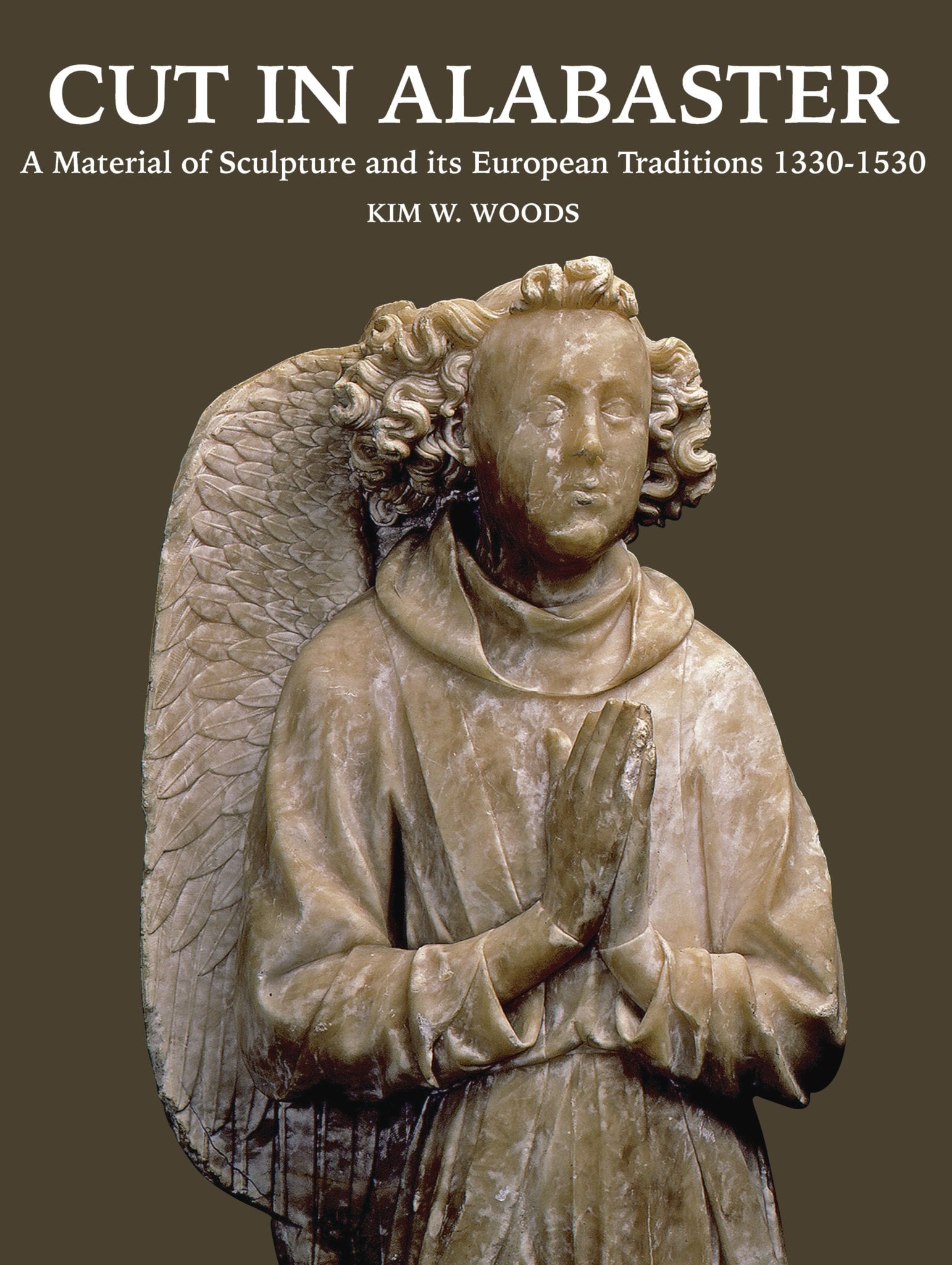 Many statues and works of sculpture made in the late Gothic and Renaissance period are represented with mouth open, as if caught in a mid-utterance. These ‘speaking sculptures’ have received remarkably little comment from art historians. What are these speaking statues meant to be saying? And what, as viewers, are we meant to ‘hear’ and respond? The aim of this paper is to begin to unravel this illusion of speech and the agency it implies.
Many statues and works of sculpture made in the late Gothic and Renaissance period are represented with mouth open, as if caught in a mid-utterance. These ‘speaking sculptures’ have received remarkably little comment from art historians. What are these speaking statues meant to be saying? And what, as viewers, are we meant to ‘hear’ and respond? The aim of this paper is to begin to unravel this illusion of speech and the agency it implies.
It would be a mistake to dismiss the phenomenon of the ‘speaking sculpture’ as just another virtuoso feature that enhanced the illusion of life and, with it, the persuasive character of a late Gothic art or Renaissance work of art. The illusion of speech creates a different level of engagement and interaction with the viewer: faced with such an image we not only look but ‘strain to hear’. Does this suggest a sort of animation that demands a living presence response? Or does the illusion of speech enhance the potential surrogacy of the statue, ‘enacting’ the hopes of the viewer? Or could it be that a speaking statue is actually ‘saying’ something quite specific that the viewer in some sense might have ‘heard’ as part of their viewing experience. If so, how do we recover the ‘period ear’ to listen in? These are some of the questions that will be addressed.
Kim Woods is a senior lecturer in Art History at the Open University, and a specialist in northern European late Gothic sculpture. She combines an object-based approach with an interest in materials and cultural exchange. Her single-authored book, Imported Images (Donington, 2007), focussed on wood sculpture. Since then she has been working on alabaster. Her Open University distance learning materials include the Renaissance Art Reconsidered volumes (Yale, 2007) and Medieval to Renaissance (Tate publishing, 2012).
The seminar will be followed by the launch of ‘Cut in Alabaster: a Material of Sculpture and its European Traditions 1330-1530′
Click here to book a free ticket for this seminar.
